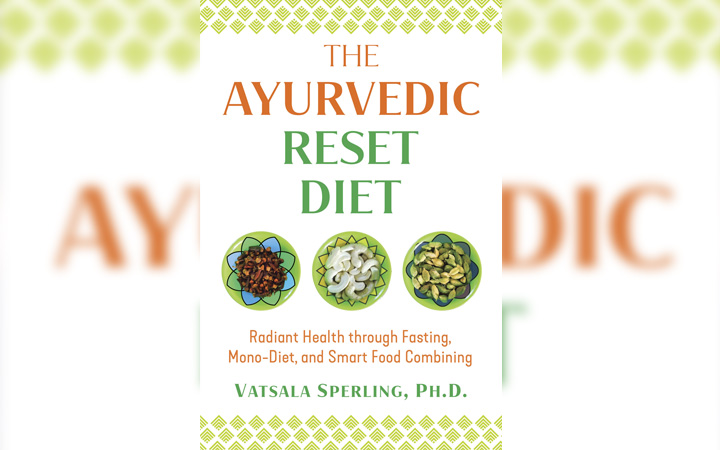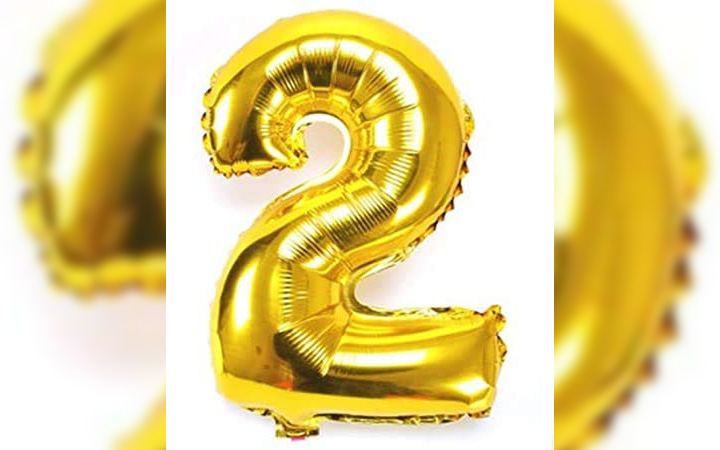The Ayurvedic Reset Diet

Radiant Health through Fasting, Mono-Diet and Smart Food Combining
Step 1: Fasting Week
1, Day 1: Fasting on Room Temperature or Warm Water Only
The first two days of the Ayurvedic Isolation Diet are the days of fasting. This means you are not going to eat any solids.
On day 1, you will drink only water. You can have warm water or have it at room temperature. But avoid drinking ice cold water with ice floating in it. If you want, you can squeeze a slice of lemon into the water. Do not add sugar, salt, or honey.
Drink a cup of water every hour. You will be peeing a lot but that is ok. As you begin to drink water, slow down a bit. There is no rush. Hold the water in your mouth for a little while. Savor its taste. Move it around. After all, water is the most important ingredient of your food and also your body. It keeps you alive just like air does. Why be in a hurry when you drink water? Drink it slowly, mindfully, as if it is divine nectar.
Week 1, Day 2: Fasting on Water Alternating with Herbal Teas
Drink a cup of herbal tea alternating with a cup of plain water — again, one drink every hour. You can make organic herbal teas, add a squeeze of lemon, and a teaspoon of honey if you like. You may not have a bowel movement on this day as you have not eaten anything the day before. But if you have not had a bowel movement since starting your day 1 of water intake and day 2 of water and herbal tea intake, now your bowels might want to clear themselves out and evacuate the old feces. Honey and plenty of water provide the energy and pressure necessary to create a bowel movement.
A note about organic, raw, local honey: There are studies that support the view that even type 2 diabetics can eat local, raw, and organic honey. They might experience a reduction in body weight, blood lipids, as well as glucose (53D).
Someone might prefer just extending the water-only fast to day 2 and not bother with herbal teas. That is quite fine too. However, herbal teas with some honey added provide a slight amount of energy, satisfy the need for warm/hot drinks, increase the metabolism in the body, and also break the monotony of just having to drink water for two days in a row. Day 2 of fasting is very important because when the gastrointestinal and excretory system is not constantly dealing with incoming foods and metabolites, these systems not only get cleaned but also get a chance to repair their cells and tissues.
What about caffeine?
During fasting days, when you drink water only or herbal teas alternating with water, you will come to know if you are addicted to caffeine or not. Caffeine addiction shows itself as withdrawal headache, fatigue, anxiety, irritability, low energy, depressed mood, listlessness, jitteriness, and lethargy when you miss drinking your daily tea/coffee at the time when you are used to drinking it. Breaking this habit in one day can be problematic, and of course this experience is not worth it.
As you begin your water only fast, make sure your caffeine supply is available, at least the first cup of tea or coffee that you drink first thing in the morning. When you feel the first stirrings of withdrawal symptoms, first fill up your stomach with water and only then drink your tea or coffee so that these beverages do not bother and irritate your empty stomach.
Step 2: Ayurvedic Isolation Diet or Mono-Diet on Vegetables Only
Week 1, Days 3-7
Days 3 through 7 are when you are going to focus on eating one type of food at a time (mono-diet).
Since you are eating just one type of food, there will be a little inner voice asking for other food groups. Though you are eating just one type of food (vegetables), you are eating sufficient quantities of it till your hunger is satisfied. You are not depriving yourself or starving. As a result, you will not be extremely hungry and thus you will have better chance of staying on the plan and bringing it to a successful conclusion.
The best guide for knowing how much to eat is your own hunger. Eat enough vegetables to fill your stomach. You do not have to starve yourself while you are practicing the Ayurvedic isolation diet, and there is no need to overeat at any given meal either, because you can always have a vegetable snack between meals.
Eat Just One Type of Vegetable for Each Meal
In therapeutic applications of the Ayurvedic isolation diet, people have obtained brilliant results by eating just one type of vegetable for over two weeks, for all meals and snacks. For the best curative outcomes, it is best to stick with this recommendation. However, for the general purposes of cleansing, regeneration, rejuvenation, and weight loss, it is okay to eat different vegetables each day, but not in the same meal. So, on Week 1 of vegetables only, you would eat only one type of vegetable–broccoli, for example, for breakfast, then another type, say, carrots for the lunch, and so on. This allows the digestive system to fully extract all the nutrients from that one type of vegetable and then focus its attention on extracting nutrients from reserved fats and unwanted tissues in the body before the next meal.
The Ayurvedic Reset Diet by Vatsala Sperling, Ph.D., PDHom, CCH, RSHom © 2021 Healing Arts Press. Printed with permission from the publisher Inner Traditions International.
www.InnerTraditions.com

 bout the Author
bout the Author




